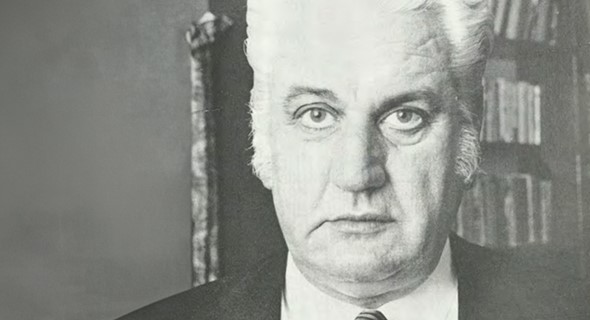The peninsula served as a vantage point for the region, while the foreshore provided the Borogegal with shelter, food, water and access – via boat – to surrounding shores. Rock engravings around Middle Head provide historical evidence of the social and ceremonial importance of the area.
Today, Middle Head is a place of enduring significance for the Borogegal, but the area changed forever following the arrival of the First Fleet. In 1788, Captain John Hunter arrived at Middle Head aboard the HMS Sirius, one of the ships in the First Fleet. He was warmly welcomed by the Borogegal, who escorted the crew of the Sirius to an ideal landing place.Hunter and his party explored the area, and once Middle Head was settled, it served as a defence site for years to come.
Two centuries of military activity
The first gun emplacement at Middle Head was established in 1801 (north of Obelisk Bay), as a response to the Napoleonic Wars.
Subsequently, Europeans were given early land grants to farm the area from 1825 onward. In the following decades, a series of gun emplacements were installed along the escarpment to deal with new and evolving threats. These included a gun battery, constructed at Middle Head Fort in 1871.
This military complex is linked by underground tunnels and ancillary rooms. The area around Middle Head Fort also contains gun pits and ‘tiger cages.’ Soldiers were once trained in these ‘tiger cages’ to resist torture, and visitors today can visit some areas of this historic fort.
After World War I, there was a decline in the need for defence land, and Mosman Council developed a golf course. Initially there was public outcry about the land being limited to wealthy parts of society, but the golf club said they would allow access to non-members.
The development of the golf course stalled when World War II broke out. Instead, barracks were constructed on the golf course for use as accommodation by married officers. By the end of the war, buildings were being used to intern Italian prisoners of war who were employed as maintenance workers.
In 1947, the same barracks were repurposed for accommodation and training for the Australian School of Pacific Administration (ASOPA). ASOPA offered a number of courses to train Australians as administrators for Papua New Guinea, and provided a base for Australians consulting to the developing world. Over 27 years, from 1946 to 1973, ASOPA trained hundreds of personnel for service in the Territory of Papua and New Guinea (TPNG), the Northern Territory, and Nauru.
While ASOPA was running, another significant event was taking place at Middle Head, with the construction of the HMAS Penguin Naval Base. The naval base was commissioned in 1942 and was built by 1945.
Middle Head today
The Headland Preservation Group was formed in 1996 to campaign against private residential development across Georges Heights, Middle Head and Chowder Bay. This campaign was successful and led to the formation of the Harbour Trust in 2001.
Due in large part to the efforts of Harbour Trust, today Middle Head is a harbour-side parkland that offers the public opportunities for culture, recreation, education, and enterprise.
Located only minutes from Mosman Village, this well-preserved historical site encompasses coastal bushland and scrub, and provides a natural habitat for species like water dragons and ring tailed possums.
Not only can visitors enjoy spectacular views and the beauty of the local flora and fauna, but they can connect with the rich First Nations history, and are also able to explore the underground tunnels, gun pits and military fortifications once used in the defence of Sydney.

 Our places
Our places  Chowder Bay
Chowder Bay










